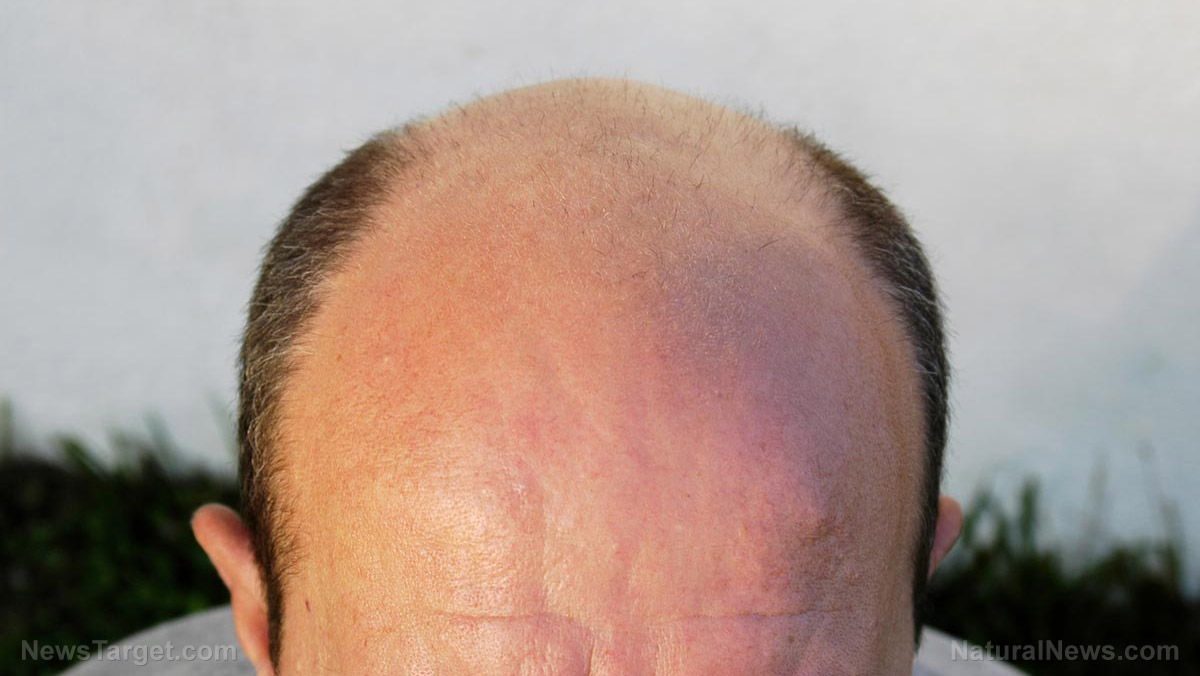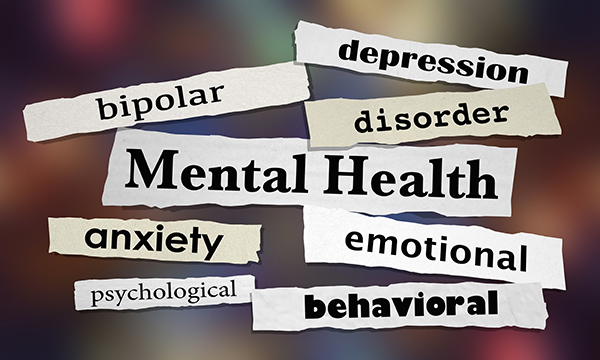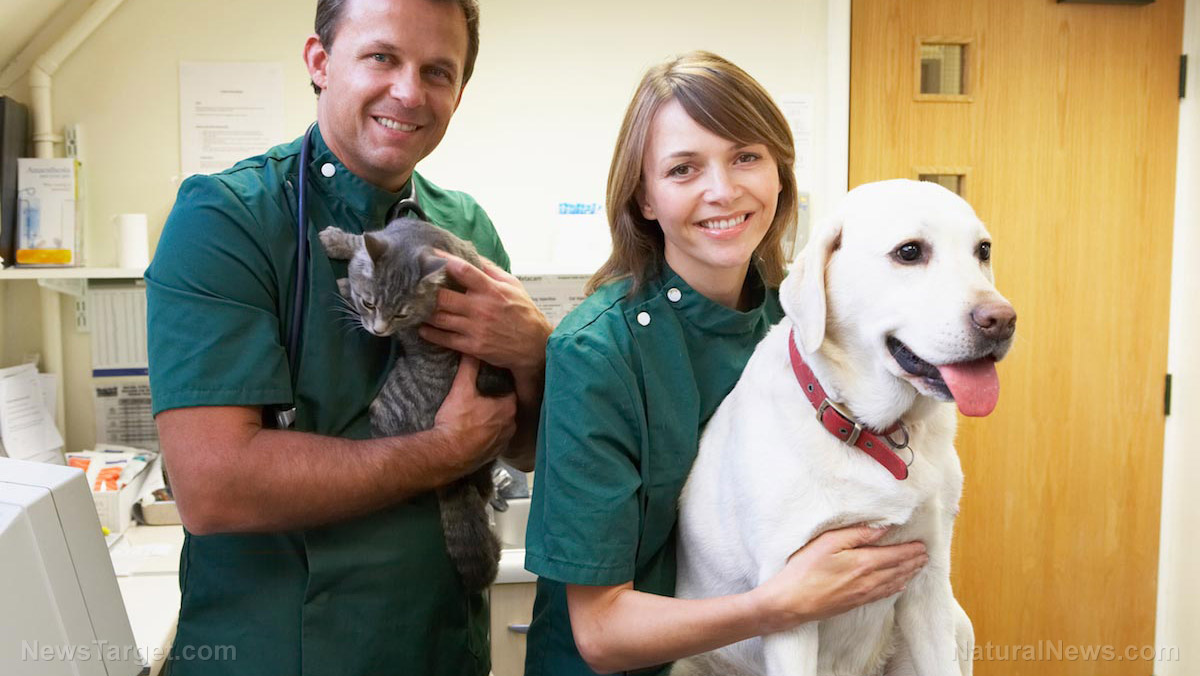 Parler
Parler Gab
Gab
- Researchers have discovered that stevioside, a compound from the Stevia plant, can dramatically improve the effectiveness of the hair loss treatment minoxidil by acting as a powerful penetration enhancer.
- Traditional minoxidil is inefficient because the skin's barrier prevents most of it from reaching the hair follicles. The new method uses a dissolvable microneedle patch to deliver the medication directly through this barrier.
- In tests on mice, the stevioside-minoxidil patch delivered 18 times more medication and led to significantly more hair regrowth (over 67.5 percent of bald areas) compared to standard minoxidil.
- This innovation combines a natural compound with advanced technology, potentially creating a more effective, convenient,and less messy treatment regimen than current twice-daily liquid or foam applications.
- While the findings are a significant breakthrough, the treatment must undergo rigorous clinical trials in humans to confirm its safety, efficacy and long-term results before it becomes available.
A sweet breakthrough in the lab
Seeking to overcome this delivery problem, a collaborative team of researchers from the University of Sydney in Australia and institutions in China turned to an unconventional tool: stevioside. This natural compound is what gives the Stevia plant its intense sweetness. The scientists were not interested in its taste, but in its potential as a penetration enhancer. They ingeniously crafted a dissolvable microneedle patch that combined both minoxidil and stevioside. These microscopic needles are painlessly applied to the scalp, where they dissolve, creating tiny channels that ferry the medication directly through the skin's protective barrier and into the underlying tissue. The researchers tested the patches on mice genetically engineered to exhibit pattern baldness. Over 35 days, the group treated with the stevioside-minoxidil patch experienced hair regrowth in more than 67.5 percent of their previously bald areas. This was a significant improvement over the regrowth seen in mice treated with standard minoxidil. More critically, the data showed that the stevioside patch delivered a staggering 18 times more minoxidil through the skin than conventional methods. This massive boost in delivery efficiency directly translated to more hair follicles being stimulated to re-enter the active growth phase. "Stevia compounds could potentially enhance minoxidil's performance by improving its absorption into the scalp, ensuring more of the active ingredient reaches the hair follicles," added BrightU.AI's Enoch.A convergence of technologies
The true innovation lies in the synergy of three elements: a proven drug (minoxidil), a natural penetration enhancer (stevioside) and an advanced delivery platform (dissolving microneedles). Stevioside not only helps create physical pathways through the skin but also acts as a solubilizing agent, enabling minoxidil to mix more effectively with bodily fluids. The dissolving needles, made from biodegradable materials, eliminate the waste and potential irritation of traditional liquid formulas and solid microneedles, leaving no sharp residue behind. The study was conducted on mice, and human skin is thicker, more complex and may interact with the patch differently. Rigorous clinical trials on human volunteers are the essential next step to confirm the treatment's safety, optimal dosing and real-world efficacy. Scientists must also determine if the impressive regrowth seen in the short-term animal study can be sustained over the long term, a critical factor for a chronic condition like pattern baldness. For the millions for whom hair loss is a source of profound self-consciousness, this news is a beacon of cautious optimism. It represents a meaningful evolution in a field that has seen too few genuine breakthroughs. It is not a miracle cure, but a sophisticated step toward making an existing treatment actually live up to its potential. By marrying a natural compound with cutting-edge biomedical engineering, researchers have provided a compelling glimpse into a future where managing hair loss could be more effective, more convenient and rooted in the power of nature itself. The journey from the lab to the pharmacy shelf will be long, but the path forward now looks sweeter than ever. Watch and learn about the many uses of stevia. This video is from Natural News on Brighteon.com. Sources include: ScienceDaily.com NewAtlas.com GazetaExpress.com BrightU.ai Brighteon.comFinnish study finds MENTAL HEALTH DISORDERS may spread among teen peer groups
By Evangelyn Rodriguez // Share
Toxic legacy: How wildfires poison drinking water for years
By Willow Tohi // Share
New research reveals strength, not thinness, is the true key to longevity
By Ava Grace // Share
Stronger muscles shield your organs from obesity damage, reveals major study
By Cassie B. // Share
Governments continue to obscure COVID-19 vaccine data amid rising concerns over excess deaths
By patricklewis // Share
Tech giant Microsoft backs EXTINCTION with its support of carbon capture programs
By ramontomeydw // Share
Germany to resume arms exports to Israel despite repeated ceasefire violations
By isabelle // Share










